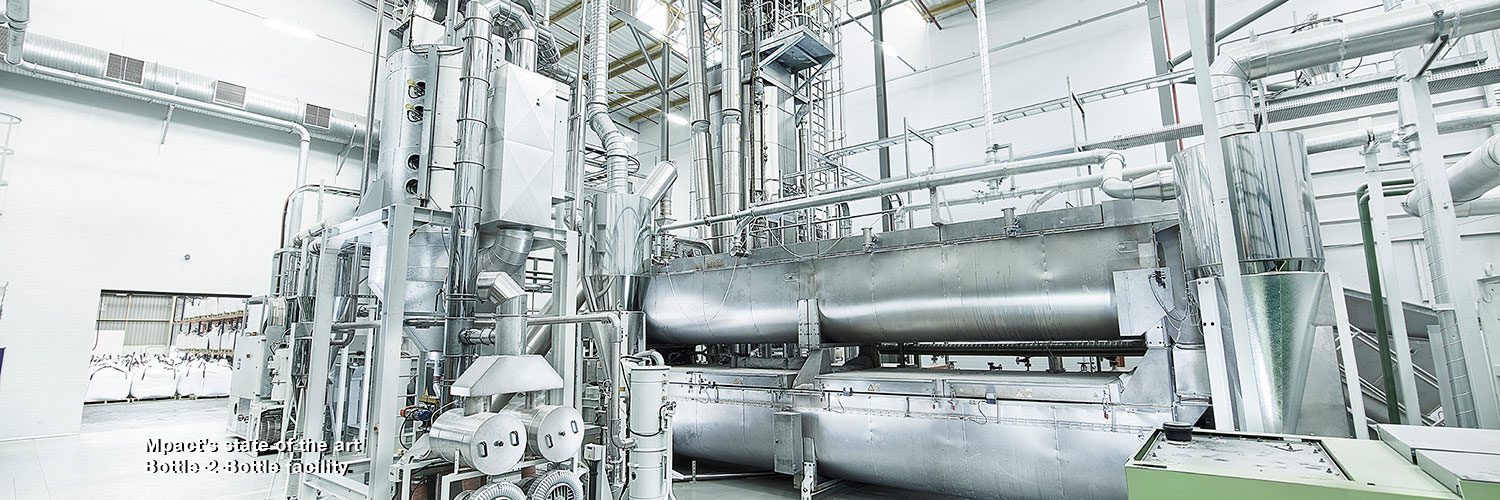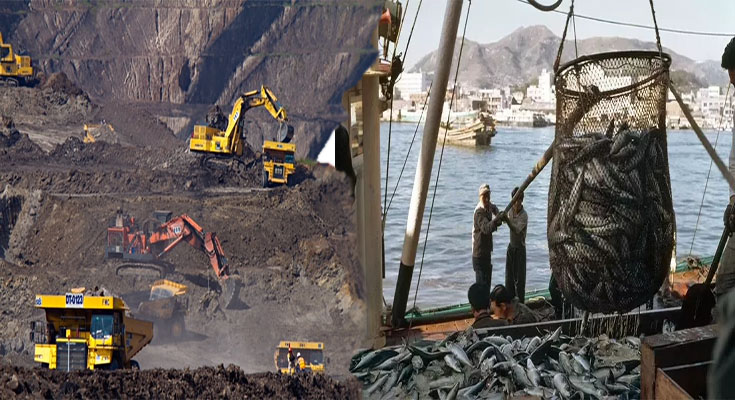What is the primary industry? The term primary industry refers to the work of people involved in industries that produce goods and services that are derived from the world’s natural resources. This category includes mining, forest products, fishing, and farming. Increasingly, countries are moving away from primary industries and relying more on other types of manufacturing. For example, Ethiopia accounts for 88% of its employment in farming and fishing, while only 2% is in the secondary sector. Primary industries also include mining, construction, forestry, fishing, and building homes.
Natural resources
The role of NRBIs in facilitating industrial diversification often hinges on the development of local supplier industries. However, the methods used to extract natural resources may not work in other locations, as in the case of agriculture. The reaper used in the United States would not be applicable in a British landscape, for example. The soil type, climate, irrigation and drainage, seed selection, and even the use of fences and hedges will all depend on local conditions.
Mining
The mining industry is one of the oldest in the world, and it traces its roots back to the Stone Age. It has evolved to its present form, and plays an essential role in controlling the growth of the economy. Today, it is one of the most lucrative sectors of the world economy, with Middle Eastern countries achieving incredible growth thanks to the extraction of oil. However, the industry is not all about profit. In fact, mining is a necessary component of all other industries, including construction, energy, and electronics.
Forest products
Globalization has significantly impacted the forest industry, making it highly competitive. In many Asian countries, market structures play a significant role in resource allocation, production and distribution of forest products. These structures affect the competitiveness and operating efficiency of firms. The following are some factors that should be considered when looking to expand into the forest products industry. First, consider the size and scale of your enterprises.
The size of your enterprise should match the size and scale of your product markets.
Fishing
While many of the Caithness residents live near the coast and rely on fishing for their livelihood and recreation, the industry is also a vital source of local income. While there are many benefits to fishing, some locations may have trouble accommodating all fishermen at once. Fish stocks also need to be maintained, and oil exploration and production are impacting marine life. The future of the fishing industry depends on the future of aquaculture and coastal zone management.
Mountain engineering industries
Mining, fishing and mountain engineering are among the primary industries. In the developed countries, less human labor is required since most of the tasks can be performed by mechanical means. However, in developing countries, such as China, the labor force is still high. Therefore, primary industries such as mining and fishing need less human labor, but still require a large amount of human resources. To learn more about these industries, read on. Listed below are some examples of these industries:
Agriculture
Agriculture is one of the oldest industries, and its roots are as ancient as the beginnings of civilization. The domestication of plants started over 10000 years ago, when hunter-gatherers in Mesopotamia and Egypt first cultivated crops. Later, humans also domesticated animals to provide clothing, draught power, and companionship. Today, agriculture continues to be the largest primary industry worldwide, despite the fact that there are many secondary industries in the agricultural sector.





